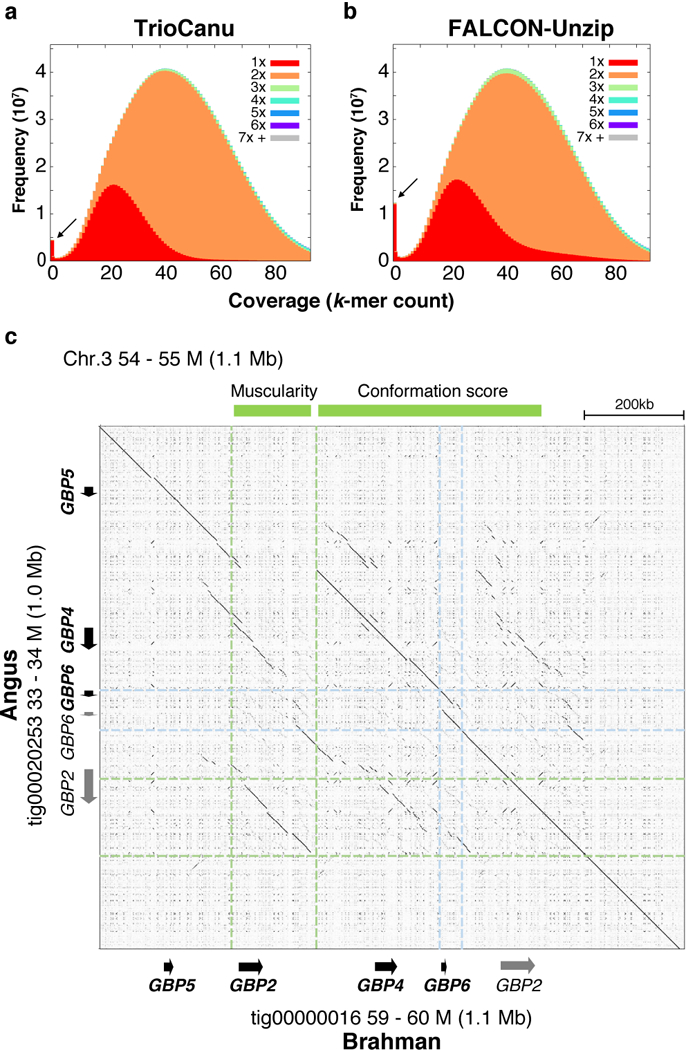Figure 5. Diploid assembly of a Bos taurus F1 hybrid.

Stacked k-mer histograms from KAT 57 comparing a) TrioCanu and b) FALCON-Unzip k-mer counts to an independent Illumina dataset of the same individual. The x-axis bins are k-mer coverage in the Illumina dataset, and the y-axis is the frequency of those k-mers in the Illumina set colored by copy number in the assembly. The FALCON-Unzip distribution has more k-mers that do not appear in the Illumina data (arrows), a longer tail of 1-copy k-mers (red, collapsed haplotype), and slightly more 3-copy k-mers (green, duplicated haplotype). c) Alignment dotplot of the TrioCanu Angus and Brahman haplotypes in a highly heterozygous region containing multiple guanylate binding protein (GBP) genes. Relative to Brahman, the Angus haplotype is missing a ~140 kbp region containing GBP2, previously reported to be associated with muscularity (light green). The Angus haplotype also has a duplicated GBP6-like sequence (light blue) in a region associated with conformation score (genes marked in grey are highly divergent from known transcripts). The FALCON-Unzip assembly confirms the TrioCanu structure but is split into five primary contigs and four associated haplotigs of mixed origin (Supplementary Fig. 9).
